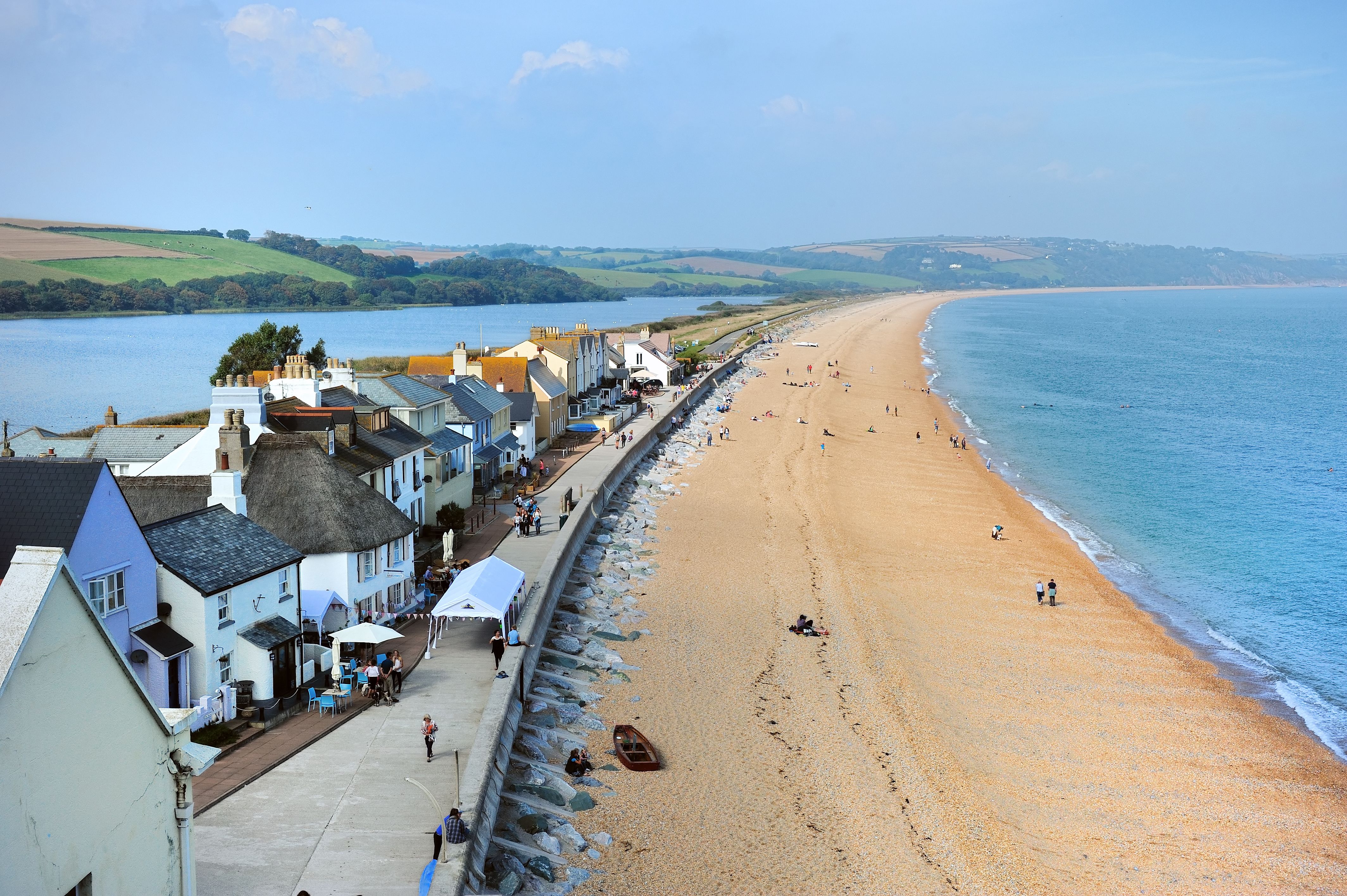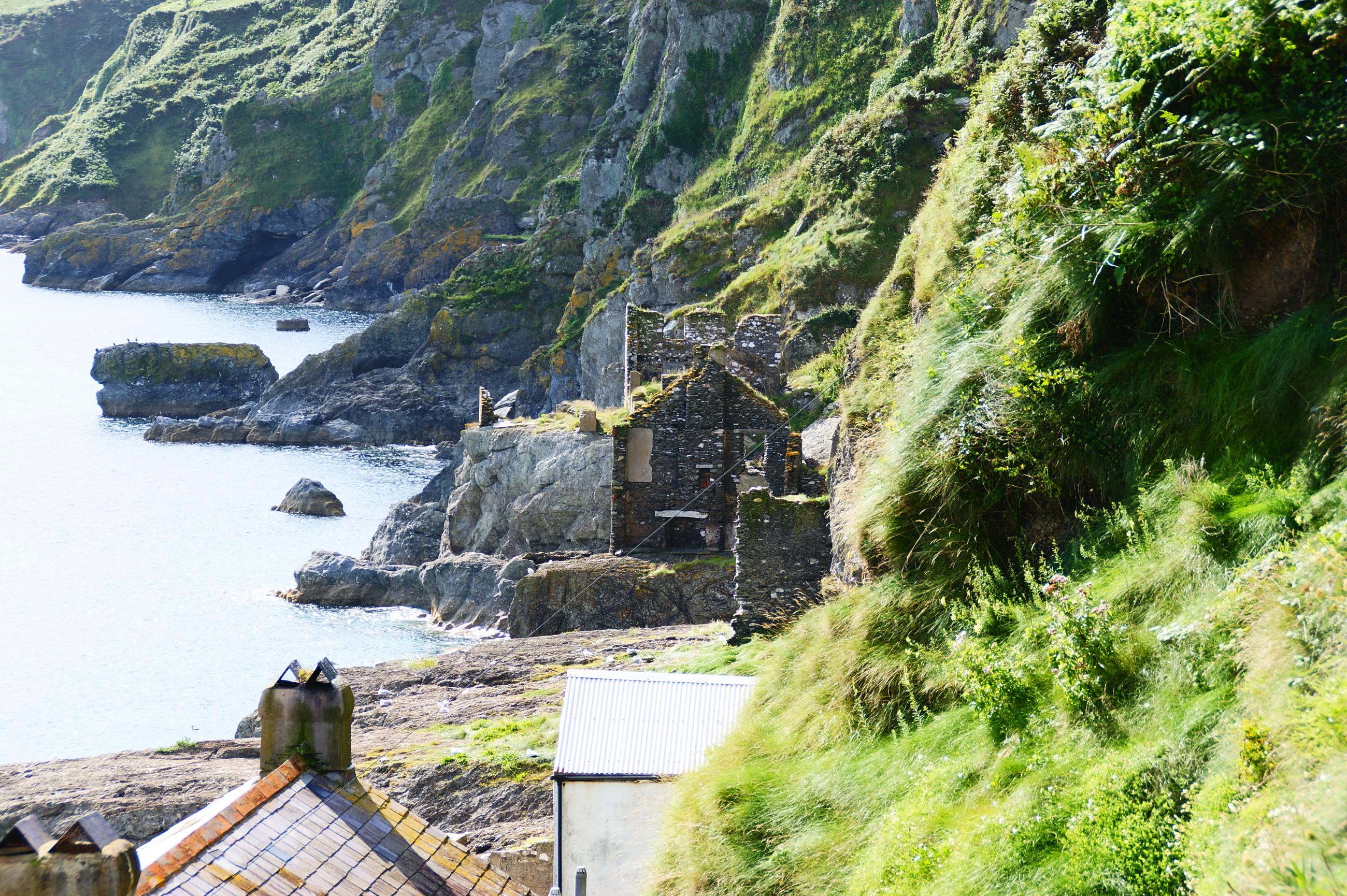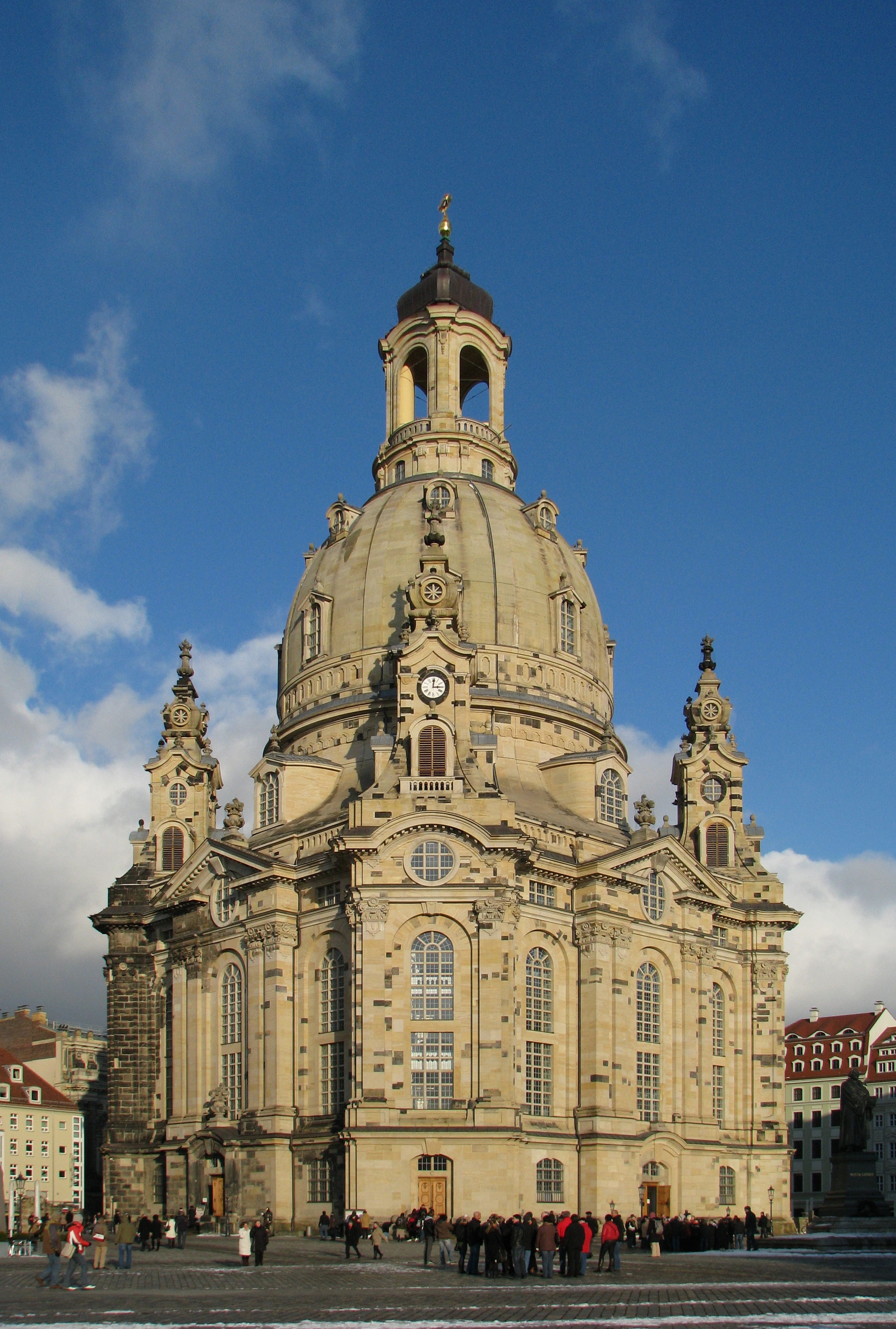|
Stokenham
Stokenham () is a village and civil parishes in England, civil parish in the South Hams district, in the county of Devon, England. The population of the parish at the United Kingdom Census 2011, 2011 census was 1,895. Pronunciation For the great majority of towns in England with names ending in -ham the suffix is very weakly pronounced as /əm/ and the stress is always earlier in the word. In Birmingham, for example, the stress is on the first syllable. Stokenham is a clear exception, with the -ham fully enunciated and stressed. Places in the parish As well as Stokenham the civil parish includes the settlements of Torcross, Beesands, Hallsands, Kellaton, Kernborough, Dunstone, Beeson and Chillington, Devon, Chillington and Bickerton. It forms part of the South Hams, district of South Hams. History The village of Stokenham was known in Anglo-Saxon England, Saxon Times as Stoc or ''Stoc Hamme'' ("meaning Stoc meadows"). By the 13th century the town was called Stoke in Hamm ... [...More Info...] [...Related Items...] OR: [Wikipedia] [Google] [Baidu] |
Chillington, Devon
Chillington is a village in the Stokenham civil parish of South Hams in Devon Devon ( ; historically also known as Devonshire , ) is a ceremonial county in South West England. It is bordered by the Bristol Channel to the north, Somerset and Dorset to the east, the English Channel to the south, and Cornwall to the west ..., England, with a population of 877 as of the 2011 Census. It is located within the South Devon AONB, with a local economy which mainly serves residents, although it also has a healthcare centre which serves the surrounding area. References External links Stokenham Parish Homepage Villages in South Hams Stokenham {{Devon-geo-stub ... [...More Info...] [...Related Items...] OR: [Wikipedia] [Google] [Baidu] |
South Hams
South Hams is a non-metropolitan district, local government district on the south coast of Devon, England. Its council is based in the town of Totnes, although the largest town is Ivybridge. The district also contains the towns of Dartmouth, Devon, Dartmouth, Kingsbridge and Salcombe and numerous villages and surrounding rural areas. Much of the district's landscape is recognised for its natural beauty; the north of the district includes part of Dartmoor National Park, the district's coastline and adjoining areas form most of the South Devon Area of Outstanding Natural Beauty, and part of the west of the district lies within the Tamar Valley AONB. The district's coast includes the promontories of Start Point, Devon, Start Point and Bolt Head. The neighbouring districts are Torbay, Teignbridge, West Devon, Cornwall (across the Tamar–Tavy Estuary) and Plymouth. Toponymy "Ham" is an Old English term which can mean a homestead, river meadow or peninsula. The settled farming ar ... [...More Info...] [...Related Items...] OR: [Wikipedia] [Google] [Baidu] |
Beesands
Beesands is a small settlement located midway between Hallsands and Torcross on the coast of Start Bay in South Devon, England. It is best known as a tourist destination, but is still a fishing village that concentrates mainly on crab and lobster fishing through Britannia Fisheries. There is an Anglican chapel dedicated to St Andrew in the village. Behind the beach, north of the settlement is a freshwater lake known as Beesands Ley, smaller but similar in ecology to Slapton Ley about a kilometre to the north. Keith Richards' family regularly spent holidays at Beesands during the 1950s. Keith Richards and Mick Jagger Sir Michael Philip Jagger (born 26 July 1943) is an English musician. He is known as the lead singer and one of the founder members of The Rolling Stones. Jagger has co-written most of the band's songs with lead guitarist Keith Richards; Jagge ...'s first public performance was at The Cricket Inn in the village."Keith Richards: The Biography", Victor Bockris ... [...More Info...] [...Related Items...] OR: [Wikipedia] [Google] [Baidu] |
Torcross
Torcross is a seaside village in the South Hams district of south Devon in England. It stands at grid reference at the southern end of Slapton Sands, a narrow strip of land and shingle beach which separates the freshwater lake of Slapton Ley from Start Bay and carries the A379 coastal road north to Dartmouth. Early history The first mention of Torcross was recorded at the manorial court in the court rolls of 29 March 1602 when it was recorded that a representative of the new village reported that everything was "all well". In 1854 the coastal road between Kingsbridge and Dartmouth was built passing through Torcross giving a much needed lifeline to the community. In 1858 a coach service started between Dartmouth and Kingsbridge. WW2 evacuation and Exercise Tiger In late 1943 Torcross was evacuated, along with many other villages in the South Hams area, to make way for 15,000 allied troops who needed the area to practice for the D-Day landings. In the early hours of 2 ... [...More Info...] [...Related Items...] OR: [Wikipedia] [Google] [Baidu] |
Hallsands
Hallsands is a village and beach in south Devon, England, in a precarious position between cliffs and the sea, between Beesands to the north and Start Point, Devon, Start Point to the south. History The early history of Hallsands is unknown, but a chapel has existed there since at least 1506. The village was at a cave known as Poke Hole, and probably was not inhabited before 1600. The village grew in size during the 18th and 19th centuries, and by 1891 it had 37 houses, a spring (hydrosphere), spring, a public house called the ''London Inn'', and a population of 159. Most residents of Hallsands at that time depended on fishing for a living, particularly crab fishing on the nearby Skerries Bank. The village grew along a rocky ledge in front of cliffs, with a sea wall, and sand and Shingle beach, shingle banks adding some protection from the harsh weather and storms. Immense numbers of pilchards were being caught. The nearest school was from the village. Impact of ... [...More Info...] [...Related Items...] OR: [Wikipedia] [Google] [Baidu] |
United Kingdom Census 2011
A Census in the United Kingdom, census of the population of the United Kingdom is taken every ten years. The 2011 census was held in all countries of the UK on 27 March 2011. It was the first UK census which could be completed online via the Internet. The Office for National Statistics (ONS) is responsible for the census in England and Wales, the General Register Office for Scotland (GROS) is responsible for the census in Scotland, and the Northern Ireland Statistics and Research Agency (NISRA) is responsible for the census in Northern Ireland. The Office for National Statistics is the executive office of the UK Statistics Authority, a non-ministerial department formed in 2008 and which reports directly to Parliament. ONS is the UK Government's single largest statistical producer of independent statistics on the UK's economy and society, used to assist the planning and allocation of resources, policy-making and decision-making. ONS designs, manages and runs the census in England an ... [...More Info...] [...Related Items...] OR: [Wikipedia] [Google] [Baidu] |
English Channel
The English Channel, also known as the Channel, is an arm of the Atlantic Ocean that separates Southern England from northern France. It links to the southern part of the North Sea by the Strait of Dover at its northeastern end. It is the busiest Sea lane, shipping area in the world. It is about long and varies in width from at its widest to at its narrowest in the Strait of Dover."English Channel". ''The Columbia Encyclopedia'', 2004. It is the smallest of the shallow seas around the continental shelf of Europe, covering an area of some . The Channel aided the United Kingdom in becoming a naval superpower, serving as a natural defence against invasions, such as in the Napoleonic Wars and in the World War II, Second World War. The northern, English coast of the Channel is more populous than the southern, French coast. The major languages spoken in this region are English language, English and French language, French. Names Roman historiography, Roman sources as (or , ... [...More Info...] [...Related Items...] OR: [Wikipedia] [Google] [Baidu] |
BBC News
BBC News is an operational business division of the British Broadcasting Corporation (BBC) responsible for the gathering and broadcasting of news and current affairs in the UK and around the world. The department is the world's largest broadcast news organisation and generates about 120 hours of radio and television output each day, as well as online news coverage. The service has over 5,500 journalists working across its output including in 50 foreign news bureaus where more than 250 foreign correspondents are stationed. Deborah Turness has been the CEO of news and current affairs since September 2022. In 2019, it was reported in an Ofcom report that the BBC spent £136m on news during the period April 2018 to March 2019. BBC News' domestic, global and online news divisions are housed within the largest live newsroom in Europe, in Broadcasting House in central London. Parliamentary coverage is produced and broadcast from studios in London. Through BBC English Regions, th ... [...More Info...] [...Related Items...] OR: [Wikipedia] [Google] [Baidu] |
Reconstruction (architecture)
Reconstruction in architectural conservation is the returning of a place to a known earlier state by the introduction of new materials. It is related to the architectural concepts of Building restoration, restoration (repairing existing building fabric) and Historic preservation, preservation (the prevention of further decay), wherein the most extensive form of reconstruction is creating a replica of a destroyed building. More narrowly, such as under the ''Secretary of Interior's Standards'' in the United States, "reconstruction" is "the act or process of depicting, using new construction, the form, features, and detailing of a non-surviving site, landscape, building, structure, or object to replicate its appearance at a specific time and in its historic location". Reconstruction of buildings and structures There may be several reasons for building or creating a replica building or structure. Sometimes, it is the result of the destruction of landmark monuments that is experience ... [...More Info...] [...Related Items...] OR: [Wikipedia] [Google] [Baidu] |
Thatch
Thatching is the craft of building a roof with dry vegetation such as straw, Phragmites, water reed, Cyperaceae, sedge (''Cladium mariscus''), Juncus, rushes, Calluna, heather, or palm branches, layering the vegetation so as to shed water away from the inner roof. Since the bulk of the vegetation stays dry and is densely packed—trapping air—thatching also functions as roof insulation, insulation. It is a very old roofing method and has been used in both tropical and temperate climates. Thatch is still employed by builders in developing countries, usually with low-cost local vegetation. By contrast, in some developed countries it is the choice of some affluent people who desire a rustic look for their home, would like a more ecologically friendly roof, or who have purchased an originally thatched abode. History Thatching methods have traditionally been passed down from generation to generation and numerous descriptions of the materials and methods used in Europe over the past ... [...More Info...] [...Related Items...] OR: [Wikipedia] [Google] [Baidu] |
Manor House
A manor house was historically the main residence of the lord of the manor. The house formed the administrative centre of a manor in the European feudal system; within its great hall were usually held the lord's manorial courts, communal meals with manorial tenants and great banquets. The term is today loosely (though erroneously) applied to various English country houses, mostly at the smaller end of the spectrum, sometimes dating from the Late Middle Ages, which currently or formerly house the landed gentry. Manor houses were sometimes fortified, albeit not as fortified as castles, but this was often more for show than for defence. They existed in most European countries where feudalism was present. Function The lord of the manor may have held several properties within a county or, for example in the case of a feudal baron, spread across a kingdom, which he occupied only on occasional visits. Even so, the business of the manor was directed and controlled by regular mano ... [...More Info...] [...Related Items...] OR: [Wikipedia] [Google] [Baidu] |







